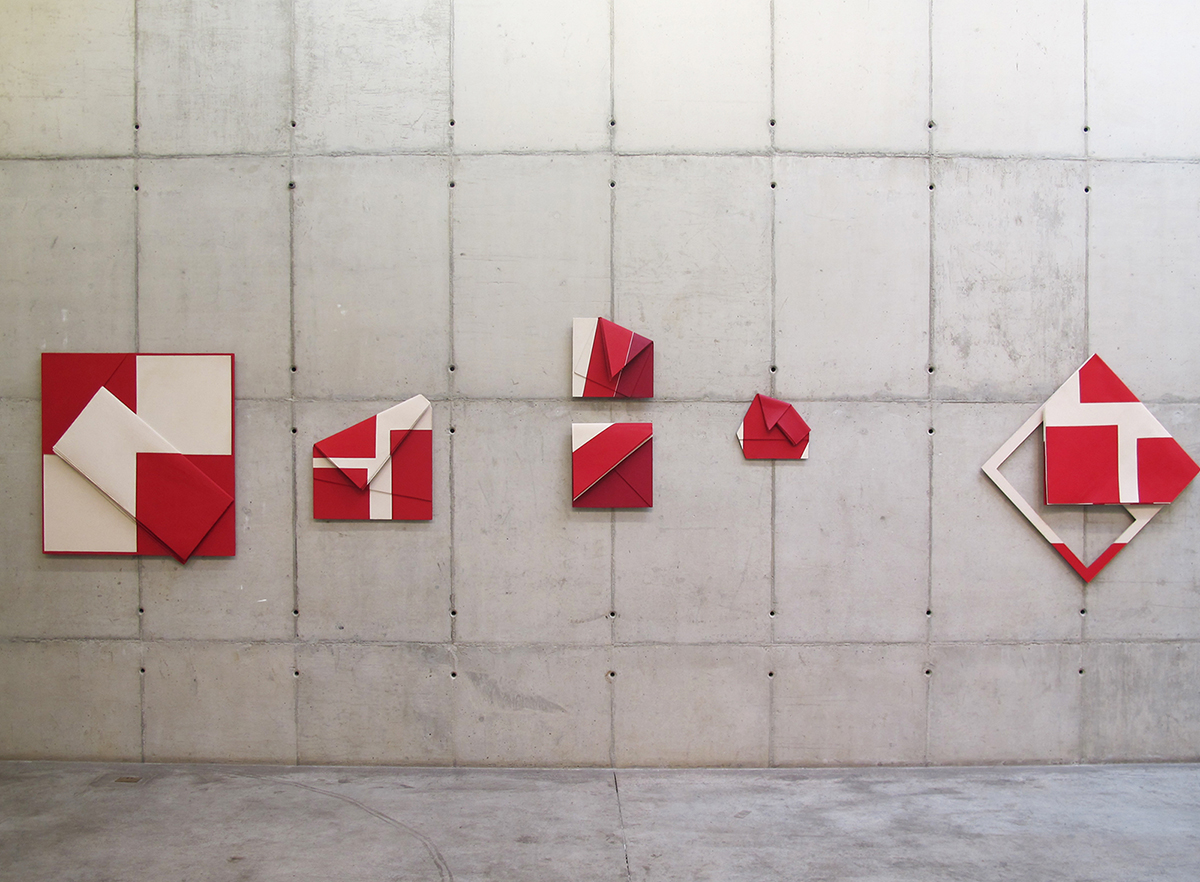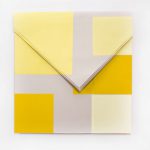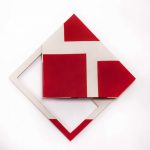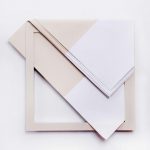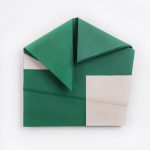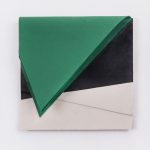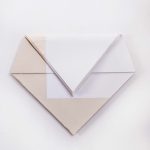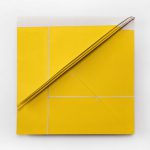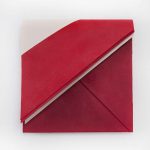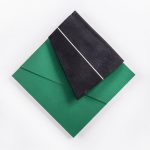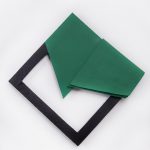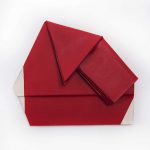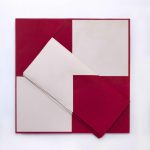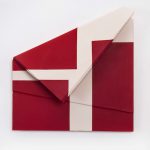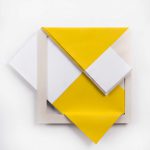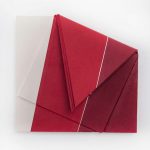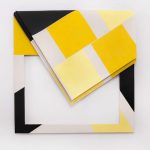Relevos (Reliefs): Gaze-Gesture-Object
Once more these recent Relevos (Reliefs) by Luciano Figueiredo attest one of the most continuous adherences to constructivism, either in history or in the artistic actuality. Work of a coherent inventiveness, deeply convinced of the still present and never exhausted relevance of Brazilian abstract-geometric adventure. Luciano puts into action that experimental attitude that has given us so many decisive and fundamental works, identified at first sight.
Facing these Relevos (Reliefs) – it comes to us, at once, the question: is it a relief, a painting or an object? Or all three. Painting because it is placed on the wall; Relief because it unfolds from the wall, object because it imposes its own materiality beyond the wall. Invention would certainly be the word to accurately name them. By being inventions they establish their nature, process and unique structure. And requires that specific and rigorous craftsmanship; technical and exclusively designed for flawless execution and unmatched clarity that constructivism demands. Once again it is the “make it new” – the invention – which is made and renewed.
Inevitable is the reference that these reliefs make to the newspaper – probably the central object of Luciano Figueiredo’s long investigation and visual research. Newspaper: one of those most common and banal objects that are indispensable to the daily life of the modern urban individual. There aren’t those who do not live this integrated experience that starts the day and do it almost without realizing how obvious and routinely it is. In the opening, folding, browsing, closing – gestures in sequence – we enter the contact area with the world’s life. In them – in the opening, folding, leafing, closing – the life of forms lead us to the significant immediacy from which the Relevos take ownership and trans-form inventively, going far beyond their initial reference – the newspaper is exceeded.
Therein is a kind of synthesis between a particular artistic obsession and a common experience – the newspaper as a thing, object, visual material, also palpable “matter”, alive and active. Daily object, therefore object/time-unit and at the same time rational space of textual visual ordering – object and space, tactile and visual matter.
Hence, and by contiguity, its proximity to the book; that was another object of systematic and significant constructive research, especially in the context of Brazilian art. As a shape that is renewed such as the newspaper, on a daily basis, these Relevos are in close contiguity and continuity with the Lygia Pape’s Livro do Tempo (Book of Time) in the way they both expose abstract-geometrically the formal particularity of daily events – time/life and space/time.
The raw and intact white canvas is the support and space – such as the newsprint – of the events and immediate visual impact of the Relevos. Squares, rectangles, triangles, green, red, yellow, dominate the space, overlapping, crisscrossing, going away and getting closer to each other, completing and revealing the structural logic of the cutting and re-cutting, the glueing and the collage. Construction or deconstruction? Assembly or disassembly? The gesture cuts colour and space and in it can be seen the living accuracy of the knife/dagger in cuts and re-cuts, in the addition or subtraction of the canvases. What in the newspaper is the newsprint, in the relief is the raw canvas, and the folding and unfolding are the gestures that are come from the newspaper – the implicit unfolding in each work seems to already announce another one such is the constructive fluency that animates them.
In these Relevos the geometric abstract events – rectangles, squares, triangles, monochromatic colours – earn the form of the impact and the impact of the form and the work is the result of a calculated and refined “editing”. The immediacy of the constructed shape is isolated at its maximum intensity and the format requires a special attention, which explains the constant use of the diamond shape as used by Mondrian. If so; each Relevo is like a moment of transition to another, such a frame of a filmic sequence. Luciano then ties two historical aspects of constructive experimentation; cinema and the graphic arts. So, again, I think, these reliefs also point and are located in a possible and probable encounter (and poetic continuity) between Lygia Clark’s Bichos of and cinema – between the tactile action and the visual movement.
In the action of flipping through and reading built into these Relevos, the gestures and the gaze are complementary – the gaze-gesture is also an interaction and manipulation. These comings and goings by daily events become one operation of an abstract character, finely formal, infused with life. The dialogue between colour, geometric elements and format shows, with exuberance, the fluency of years of experimental exercise (of freedom) of the constructive dialect. Of the lived possibilities from everyday-life and the limitless possibilities of day-to-day invention. Nothing more, nothing less than a daily constructive life.
Paulo Venancio Filho
About the artist:
Luciano Figueiredo. Fortaleza, Brasil, 1948. Lives and works in Rio de Janeiro, Brasil
Started painting in the 1960s with Adam Firnekaes, painter and musician form Bauhaus, Germany. Transiting between Salvador and Rio de Janeiro in the period of his education, he frequently participates in collective exhibitions and cultural movements.
The artist asserted himself as an exponent of the Brazilian counterculture movement in the 1970s through the production of music performances’ scenography, graphic design projects, cinema and mainly thanks to his participation in the historic publication Navilouca. During this period his production is strongly marked by experimental and interdisciplinary collaborations.
Lived in London, between 1972 and 1978, studying Art History and English Literature. During that same period, he began his research using newspaper prints, following the fluxus of experimentation with his visual poems made with cutout words, colour stains, and mainly using British tabloids. His investigation led, since 1975, to the construction of three-dimensional objects with collages, wire meshes, and monochromatic reliefs, represented in exhibitions held in art galleries in Rio de Janeiro and São Paulo from 1984 onwards.
